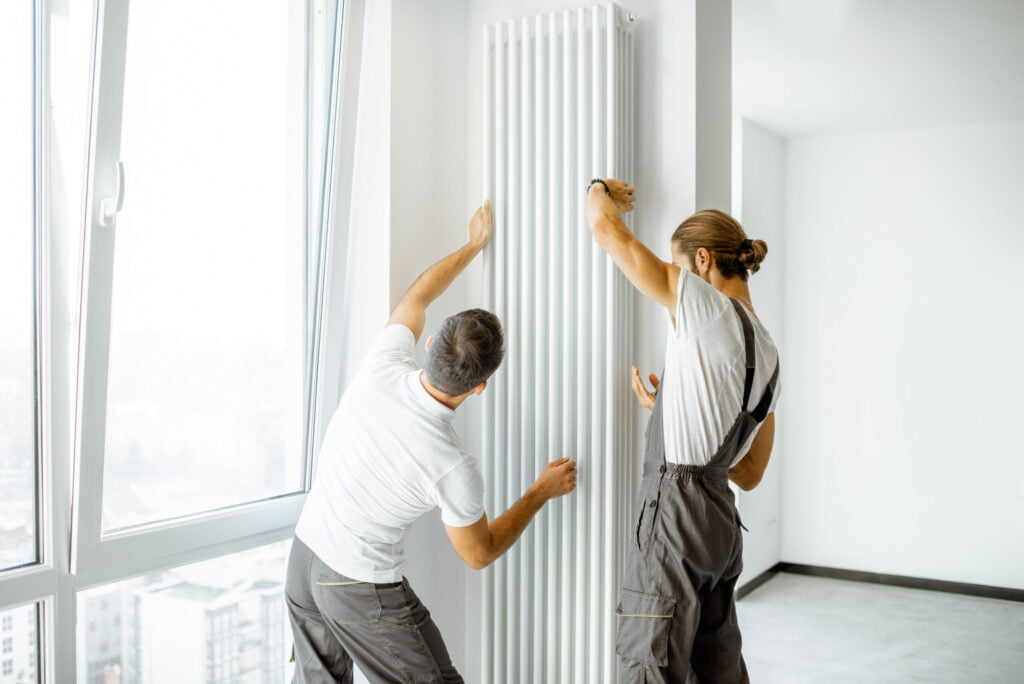Your Guide to Home Maintenance
In the realm of homeownership, it is an honorable challenge to keep structures and systems performing efficiently and safely. Proper home maintenance is essential to protect homeowners from unnecessary costs and potential dangers. Today’s guide provides comprehensive insights into regular home maintenance, understanding its various types, key tasks for every season, and when to seek professional help.
The Importance of Regular Home Maintenance

Regular home maintenance is crucial not just for the well-being of a property, but also for the safety and comfort of its inhabitants. A well-maintained home improves quality of life and decreases the chances of needing emergency repairs, which can be costly and inconvenient. Moreover, minor problems when left unchecked can rapidly escalate into major issues.
For instance, you need to maintain your HVAC system regularly and update to a new system when needed. HVAC professionals, like those who handle furnace install in La Porte, can assist you throughout the process. Professionals are well-trained in understanding the technical specifications of various HVAC equipment and furnace models and can ensure that the installation process is carried out correctly. Their expertise, safety measures, guidance, and potential cost savings make them the best choice to ensure a properly functioning and efficient heating system for your home.
Activities requiring certain expertise such as major renovations, electrical works, plumbing changes, or chimney repair must be entrusted to professionals. Calling professionals not only helps in getting the work done correctly the first time but also makes your property compliant with local regulations and codes. It also saves you from potential injuries that could occur with DIY repairs.
Understanding the Different Types of Home Maintenance

Home maintenance can be categorized into preventive, corrective, and predictive types, as well as budgeted for. Preventive maintenance aims to prevent the onset of problems before they occur, including tasks such as routine cleaning and seasonal check-ups. Corrective maintenance takes place when a problem has already occurred and needs to be fixed. It can often be more expensive since damage that needs to be repaired is usually more severe than routine wear and tear.
Predictive maintenance involves using data and analytics to predict when a system or part of a house may require maintenance. This approach is highly efficient and allows homeowners to schedule maintenance charts effectively. Besides, sometimes a combination of these maintenance strategies is used to ensure the durability and longevity of home structures and systems.
Regular home maintenance also adds to the quintessential curb appeal and property value. Potential buyers are unlikely to pay top dollar for houses with evident maintenance issues, hence why regular upkeep is a sound investment decision. Maintenance also keeps you in the loop about the intricacies of your home, helping you to better manage wear and tear or potential issues that may arise.
Key Home Maintenance Tasks for Every Season

Each season calls for specific home maintenance tasks. During winter, windows and doors need to be checked for air leaks, while roof inspections are important in the fall to prepare for the harsh weather conditions to follow. In spring, it’s advised to examine your home’s exterior thoroughly for any winter damage. Gardening, vent cleaning, and lawn maintenance can be significant points on your spring maintenance checklist.
Summertime calls for air conditioning system checks and maintenance, in addition to checking for signs of pests like termites and ants. Also, this can be the right time to paint exteriors as warm temperatures are beneficial for the drying process. No matter the season, a year-round maintenance schedule can help ensure that minor problems don’t become expensive headaches.
As you can see, regular home maintenance pays for itself over time. It extends the life of your appliances, gives you a safer, more comfortable home, and minimizes potential hazards. Keep up with your home’s needs by incorporating these tips, and remember to reach out to professionals when necessary.





